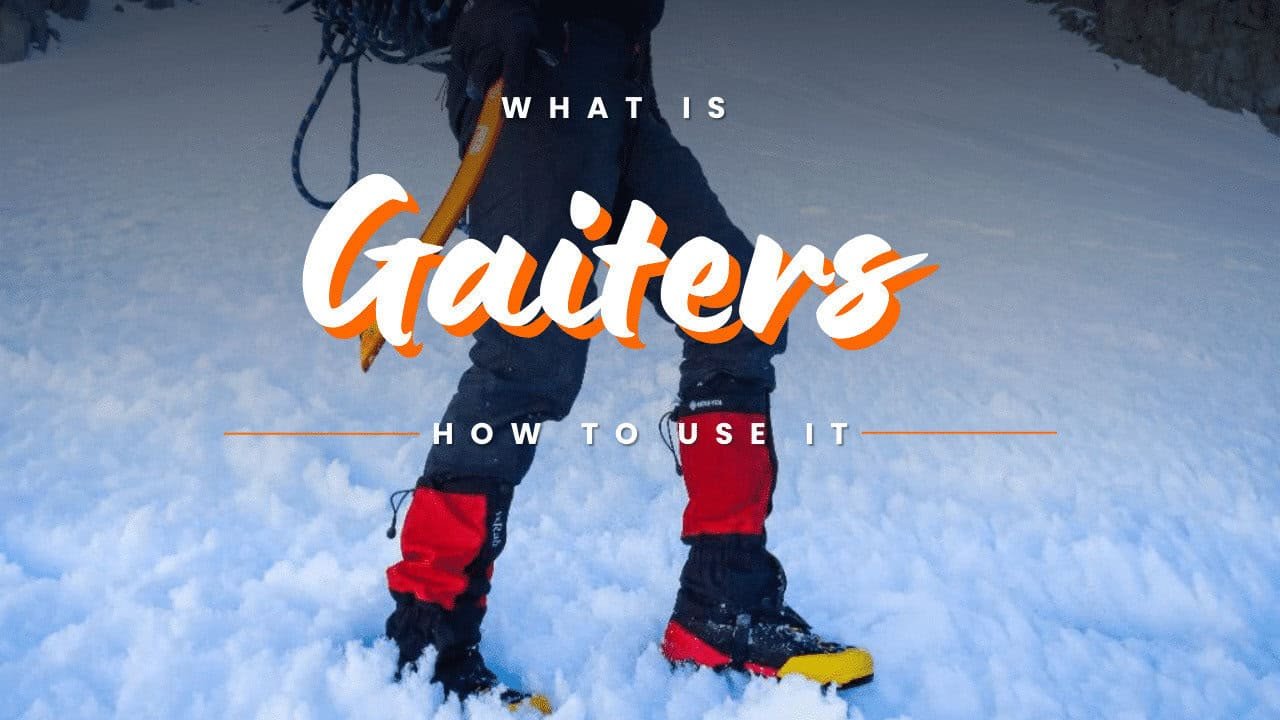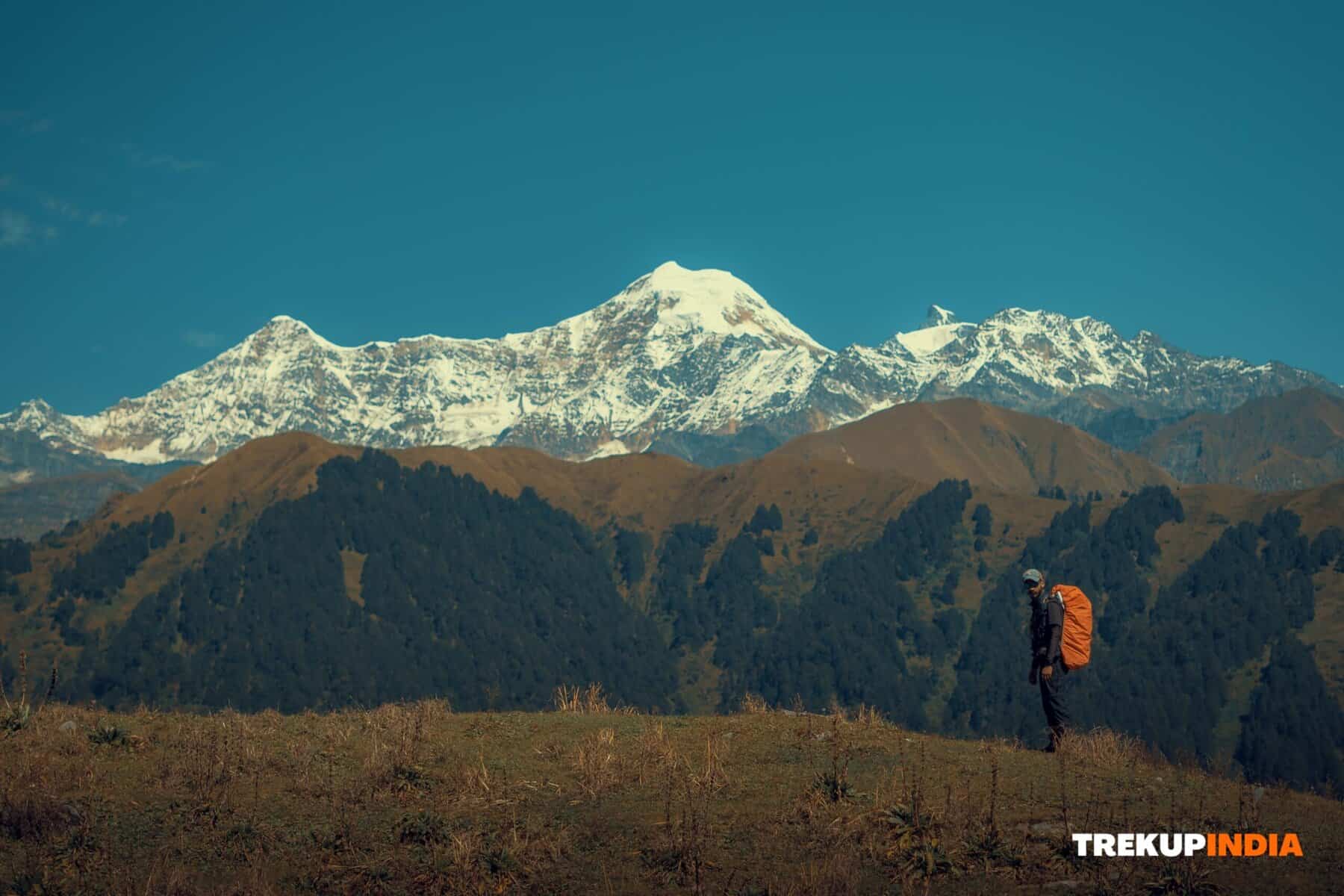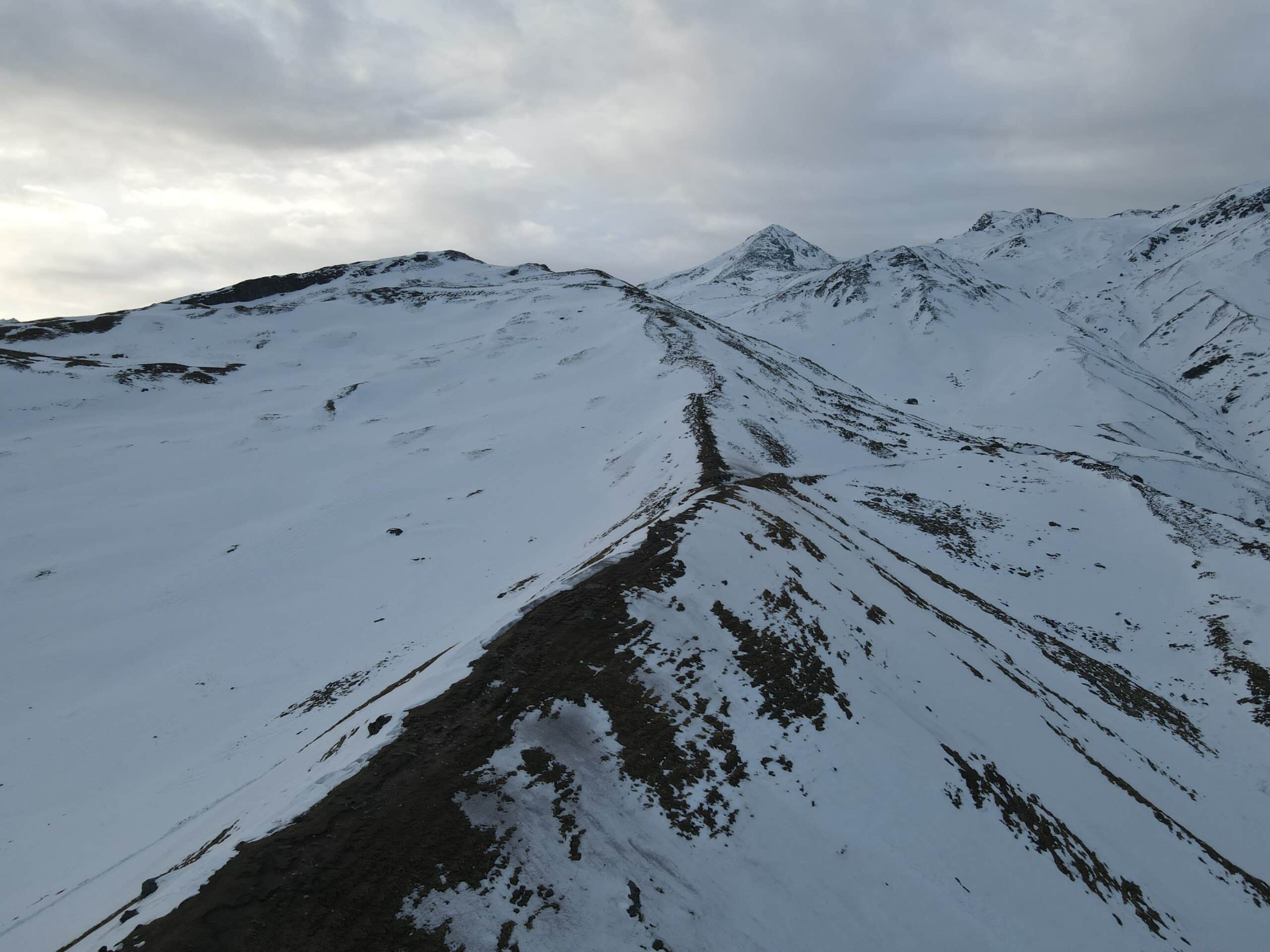Trekking Fitness Level: Choose the Right Trek
TrekUp India has assisted hundreds of trekkers through the Himalayas and various Indian trekking locations, and we’ve learned one key point your experience on any given trek is directly proportional to how closely it meets your fitness level. Too easy a route could leave you dissatisfied, while too strenuous a route may put you at risk of injury and exhaustion or force you back.
Finding the best trek requires striking a balance between challenging yourself enough to improve, while not overextending yourself too far. We’ve put together a detailed guideline to assist with making this decision.
Assess Your Current Fitness Truthfully
- Before embarking on any spectacular treks, make sure that you assess honestly your strength, endurance, and stamina levels.
- Key self checks for walking: Assessing how far can be covered in one day.
- Evaluate which areas need improvement before setting out again.
- How far have I traveled so far today?
Capacity for Climbing: Can you climb up to six or seven flights of steps without stopping?
Backpack Weight: Are You Capable of Carrying 68 Kg in Two to Three Hours?
Recover: How quickly can you recover after an exhausting walk or exercise routine?
Trekking on a weekend with a full backpack can be an best way to assess. If, after 8-10km over moderate terrain, you find yourself completely exhausted, it would be prudent to start slowly by exploring easier treks for beginners.
Understanding Trek Difficulty Levels
We categorize Indian trekking into three fitness levels that are broadly described:
Beginner Level Trekking
Beginner level treks provide the best way to experience mountain trekking without overexerting yourself physically or emotionally. These treks are designed to be manageable physically while still offering stunning views giving your body time to adjust to life in nature.
Examples for beginner trekkers would include kedarkantha, bhramatal, Nag Tibba Trek, valley of flower Dayara Bugyal , Chopta Tungnath Chandrashila treks in Uttarakhand , and brigu lake, Triund trek in Himachal Pradesh, Sandakphu Trek in (West Bengal/Sikkim).
Altitude Range: Below 3,500m
Duration of Trek: 25 Days
Conditions of Trek: Gentle Ascents with Marked Paths at Moderate Distances Daily.
Best for first timers, families, or those returning after an absence.
Challenges: Altitude related effects are relatively mild; walking days for beginners tend to be longer.
Tips for Preparation: Focus on basic endurance building by engaging in moderate jogging, walking, or cycling three or four times every week either by moderate jogging, walking, or biking sessions of 10k distance or more.
Intermediate Challenge and Adventure
Intermediate-level treks offer the perfect balance between strolls and more challenging treks, making them suitable for trekker swho have completed one or two beginner treks and who now wish to tackle longer lengths, higher elevations, or difficult terrain without undertaking challenging technical climbs.
Examples: Har ki dun, Kuari Pass, Ali bedi Bhugyal , Gaumukh Tapovan trek in Uttrakhand Hampta Pass, Beas Kund, Rupin pass in Himachal, Goechala Trek (Sikkim), Kashmir Great Lakes Trek (J&K).
Altitude Range: 3,500 – 5,500 meters.
Duration of Trek: 5-10 Days.
On Trek Conditions: Steeper climbs, longer walking hours, and potential snow during certain seasons are to be expected.
Perfect for: Trekkers with prior trek knowledge and stamina who can walk 6-8 hours daily.
Problems: Due to increased altitude, cold exposure, and rougher terrain conditions, issues arise concerning higher altitude, greater exposure, and rougher terrain.
Tips for Prep: For optimal preparation, combine strength and cardio training by running, squatting, lunging, and core exercises at least four times each week.
Advanced Level Expeditions
Advanced level treks are intended for experienced trekkers ready to push their endurance, strength and technical capabilities further. Treks typically reach elevations above 5,000m with thin air conditions, unpredictable weather patterns and difficult terrain requiring careful planning and undivided determination from participants.
Examples include Bali pass, Rupin Pass, Bhuran Ghati Pass, Pangarchulla peak trek in Uttrakhand, Goechala in Sikkim, Stok Kangri Base Camp, Chadar trek in Ladakh, and Pin Parvati Pass, Pin Parvati Pass,Sar Pass in Himachal Pradesh.
Altitude Range: Above 5,500m
Duration of Trek: 8-15 Days and Trek Conditions: Long ascents/descents, technical sections, and unpredictability in weather.
Best Suited for: Extremely fit trekkers with prior high altitude experience.
Challenges: A lack of oxygen, harsh conditions, and increased physical demands place a great strain on both body and mind
Preparing for an endurance trek involves both endurance (long rides, cycling) and strength training (weighted exercises, stair climbs) exercises, as well as trekking excursions to acclimatize before embarking on your journey.
Don't Neglect Altitude
One of the major differences between trekking in a sea environment and Himalayan trekking is oxygen availability at 3,500 meters, the amount available drops by 30 percent when compared with sea level even experienced trekkers may struggle when climbing too quickly.\
TrekUp India Rule: If this is your first experience at or above 3500m, choose a trek that offers gradual elevation gain and, at the very least, provides for at least one acclimatization day.
Consider Season and Terrain
Your ability to complete a trek depends heavily on when and how often you travel on it: the sooner, the easier and safer the trek should be completed.
Summer months: With less trek conditions requiring maintenance and less equipment needed to carry, summer camping treks tend to offer easier conditions and lighter loads to carry.
Winter Season: Winter weather requires additional resistance, as its effects impose additional challenges to our bodies and require greater energy expenditure to remain warm and comfortable.
Monsoon: Treks involve more risk of injuries and fatigue due to their muddy conditions.
Beginners often underestimate how weather and conditions can alter the difficulty of their trek; what may have seemed moderate in summer may become “difficult” during winter time.
Planning Your Preferred Trek (5-7 Weeks of Instruction)
No matter where your trek begins, 4-8 weeks of intensive instruction can change its trajectory:
Training Plan Essentials
Exercise: desfasoaneing running, cycling, walking, and swimming for 30 to 45 minutes at least four times every week.
Strength: Squats, lunges, pushups, and planks at least twice each week.
Endurance Trekking: Train with a 68 kg backpack at least once every week to prepare for endurance trekking.
Flexibility: Yoga or stretching exercises to reduce injury risk
Listen to Your Body on the Trek
Even with careful preparation, trekking can still be physically demanding at times. Take frequent hydration breaks and have smaller meals throughout your journey so as to remain energized as much as possible remember, trekking is not a race; mountains will still be there waiting when you return.
Conclusion
Selecting the best trek for your level of fitness is key to making your experience enjoyable, ensuring security, maximising enjoyment, and opening up opportunities for further adventures. At TrekUp India, we’ve seen time after time that trekkers who match their level of difficulty to their abilities emerge feeling rejuvenated, healthy, and ready for more.
Mountain trekking offers an best opportunity to practice perseverance and planning. By being realistic with yourself about your ability, taking into account seasonal changes, as well as training regularly at altitude, you will be able to tackle an adventure that stretches your limits without becoming overwhelming. From gentle beginner’s treks to high altitude treks – remember it’s not all about reaching the peak; enjoy every stage of your climb!
Trekking isn’t about conquering mountains; rather, it’s about discovering your strength on the trek. The Himalayas await your arrival with open arms at any pace that suits you best.
Share this article
Want To Trek Like Pro?
Basically, watch these videos if you want to trek the same way professional trekkers do and make your skills better. These videos contain useful tips and techniques to further improve your trekking skills itself. These videos actually help both new and experienced trekkers improve their trekking skills. These videos definitely provide useful tips that make your trek better. We are seeing that these videos by Trekup India experts will only help you make your trekking skills better.







Know Everything About Acute Mountain Sickness
Acute Mountain Sickness occurs when people trek to high altitudes above 8,000 feet. This condition itself develops further due to reduced oxygen levels at such heights. Basically, as you go higher up, the air pressure and oxygen levels decrease, which causes the same problem. Acute Mountain Sickness surely causes headache, nausea, vomiting, and dizziness in affected persons. Moreover, peoples also experience difficulty in sleeping during this condition. To avoid mountain sickness, you should actually trek up slowly to higher altitudes. To learn further about this condition itself, watch the videos by Trekup India.









